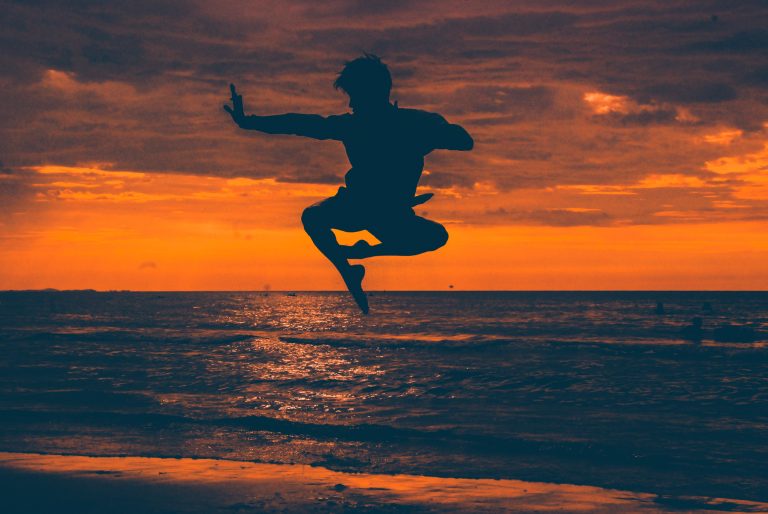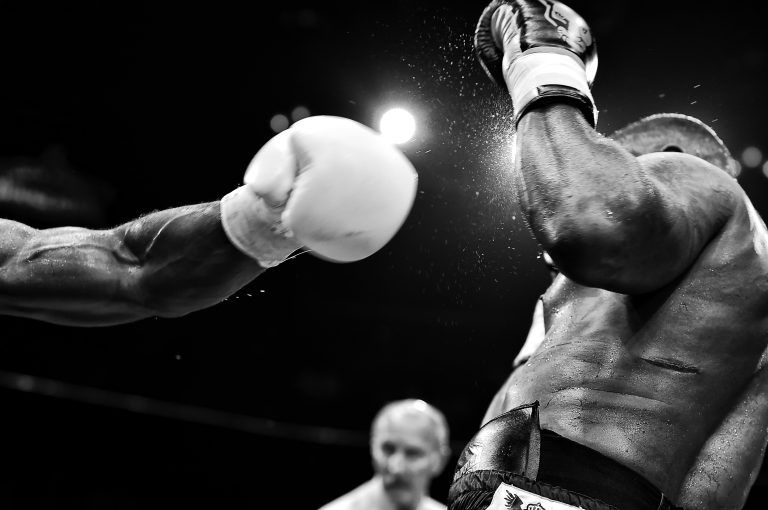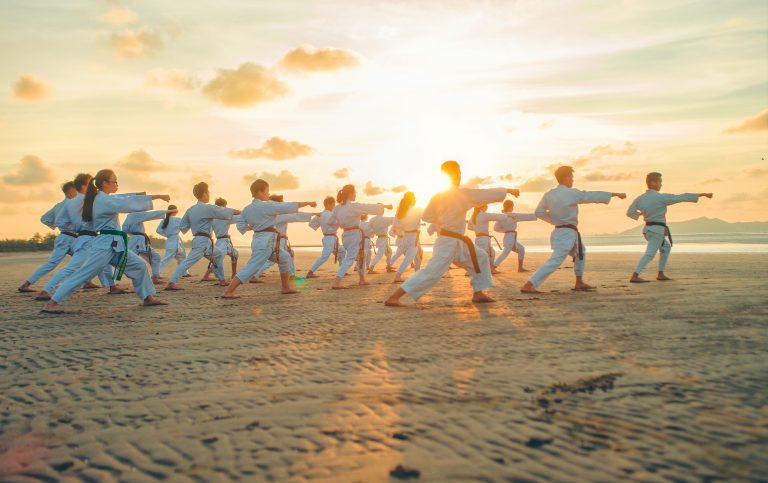Karate Basic Words: Understanding The Language Of Karate
Karate is a martial art that originated from Japan and its practitioners use a specific set of terms and phrases to communicate with each other. These basic words, also known as terminology, are crucial for any karate practitioner to understand in order to become proficient in the art. In this blog post, we will dive into the essential karate basic words that are used in every class.
History of Karate Terminology
The origins of the karate terminology can be traced back to the Okinawan language, where the art of karate originated. The terminology has been passed down through generations, with some modifications made along the way. Today, the karate terminology is used all over the world and has become standardized in most institutions and organizations.
Basic Stances and Steps
One of the essential karate basic words is stances. Stances are fundamental positions that a karate practitioner must know to move effectively and maintain balance. Here are some of the most common stances in karate:
Zenkutsu-Dachi
The Zenkutsu-Dachi is a front stance that is commonly used in the practice of karate. It is also known as the „front stance“ or „forward stance.“ This stance is characterized by a long stride, with one foot stepping forward, and the other foot stays behind.
Kokutsu-Dachi
The Kokutsu-Dachi stance is a back stance that is also often used in karate. It is also known as „backward stance“ or „rear stance.“ This stance is characterized by a long stride, with one foot stepping backwards, and the other foot stays behind.
Kiba-Dachi
The Kiba-Dachi stance is a horse stance that is often used in karate. It is also known as „horse stance“ or „straddle stance.“ This stance is characterized by a wide stance, with both feet pointing diagonally outwards.
Mawashi-Geri
Mawashi-Geri is a roundhouse kick that is an essential part of karate training. This kick is executed by bringing up the knee and then delivering a roundhouse kick to the target. The kick is often targeted at the body or the head.
Basic Hand Techniques
Another essential aspect of karate basic words is hand techniques. These are the different ways of using your hands and arms during strikes and blocks. Below are some of the most common hand techniques in karate:
Choku-Zuki
Choku-Zuki is a straight punch that is delivered with a fully extended arm. It is one of the fundamental karate techniques and is often used in kumite (sparring).
Age-Uke
Age-Uke is an upward block that is often used in karate to block strikes aimed at the head or neck area.
Gyaku-Zuki
Gyaku-Zuki is a reverse punch that is delivered with the arm that is not in front. It is often used in combination with the Choku-Zuki punch.
Shuto-Uke
Shuto-Uke is a knife-hand block and strike that is often used in karate. It is executed by using the blade of the hand to block or strike the opponent’s vital areas.
Frequently Asked Questions About Karate Basic Words
Karate, which originated in Okinawa, Japan, is not just a form of self-defense but also a way of life. Learning karate involves not only performing the physical movements but also understanding and mastering the basic words and concepts associated with this martial art. Here are some frequently asked questions about karate basic words:
Why is it important to learn karate basic words?
Learning karate basic words is essential to understanding the fundamental principles and concepts of this martial art. Familiarizing oneself with these words can help both beginners and experienced karate practitioners communicate more effectively with each other and with their instructors. Additionally, understanding the meanings of the basic words can help students apply the principles of karate to their everyday lives.
What are some of the most important karate basic words?
There are several karate basic words that are important to know, such as:
– Karate-do: Refers to the way of karate, or the path that a practitioner of karate follows.
– Sensei: Means „teacher“ or „instructor“ in Japanese, and is used to address one’s karate teacher.
– Dojo: The training hall or school where karate is practiced.
– Kata: A choreographed sequence of movements that simulates a hypothetical self-defense situation.
– Kumite: Sparring, or the practice of fighting with an opponent.
– Kiai: A loud shout or exhalation used to focus energy and intimidate opponents.
How do you pronounce karate basic words correctly?
Many karate basic words originate from Japanese, so it’s important to learn the correct pronunciation. Here are some tips for pronouncing karate basic words correctly:
– „Karate-do“ is pronounced „kah-rah-tay-doh.“
– „Sensei“ is pronounced „sen-say.“
– „Dojo“ is pronounced „doh-joh.“
– „Kata“ is pronounced „kah-tah.“
– „Kumite“ is pronounced „koo-mee-teh.“
– „Kiai“ is pronounced „kee-eye.“
What are some common terms used during a karate class?
During a karate class, instructors may use several common terms to communicate with their students. Some of the most common terms include:
– Rei: Bowing as a sign of respect.
– Yoi: Preparing to begin a movement, as in „yoi-ich!“
– Hajime: The command to begin a movement or a sparring match.
– Yame: The command to stop a movement or a sparring match.
– Mawatte: The command to turn around.
– Mate: The command to pause or stop.
Is there a specific order in which karate basic words should be learned?
Different instructors may have different approaches to teaching karate basic words, but there is generally a specific order in which these words are introduced. Beginners typically start with basic greetings, such as „hello“ and „goodbye,“ and then move on to learning the names of body parts and basic stances. From there, they progress to learning specific techniques and the names associated with them.
How can I improve my understanding of karate basic words?
Improving your understanding of karate basic words involves practice and repetition. Make an effort to use the words you learn during class in everyday conversation, and regularly review and study the meanings and correct pronunciations of these words. Additionally, seeking out resources such as books and videos on karate can help reinforce your knowledge and understanding of basic words and concepts.
How to Learn Basic Karate Words
If you’re interested in learning karate, one of the first things you’ll need to do is start familiarizing yourself with the terminology. Like any martial art, karate has its own set of basic words and phrases that are used to describe different techniques, stances, and concepts. In this blog post, we’ll walk you through the steps you can take to learn basic karate words and incorporate them into your training.
Step 1: Start with the Basics
The very first thing you’ll need to do is create a list of the basic karate words or terms you want to learn. Don’t be overwhelmed; it’s not necessary to learn everything in one go. Instead, start with the most common terms used in karate. Here are a few examples to get you started:
- Karate: The martial art itself
- Dojo: The training hall where karate is practiced
- Ki: Internal energy/ life force/ spirit
- Kata: A predefined series of moves, done solo or with a partner
- Kumite: Sparring or fighting with an opponent
- Sensei: A teacher or instructor
- Hajime: Begin
- Yoi: Ready
- Mawate: Turn
- Kiai: A shout performed during a strike
Once you have your list, it’s time to move on to the next step.
Step 2: Practice Pronunciation and Meaning
Next, you’ll want to take your list of basic karate words and start practicing their pronunciation and meanings. Many of these words may be unfamiliar at first and may require some practice to get right. It helps to use online resources like pronunciation dictionaries and YouTube videos to help you learn the correct way to say each word.
As you practice, it’s important to also understand the meaning behind each word. Some words may have multiple meanings depending on the context, so be sure to research and understand the different contexts for each word. For example, „Dojo“ may translate directly to „training hall,“ but it can also refer to the community and culture built around the training hall where karate practitioners learn and grow together.
Step 3: Incorporate Basic Karate Words into Your Training
Now that you’ve got a handle on the basic karate words and phrases, it’s time to start incorporating them into your training. Using these terms consistently can help you better understand your instructors and other karate practitioners, and can also help you focus during training.
As you learn new techniques and movements, be sure to ask your instructor about the corresponding karate words as well. This will help you better understand what you’re learning and why. In addition, practice using these words correctly in the appropriate context during class, and try using them with other karate practitioners outside of class as well.
Step 4: Review and Expand Your Knowledge
Learning karate words and phrases is an ongoing process, and it’s important to keep practicing and expanding your knowledge over time. One great way to do this is by reviewing vocabulary lists before each class or training session. You can also use flashcards or other resources to test your knowledge and help you remember new words.
As you progress in your training, you may also want to start learning more specialized karate words and phrases. For example, there are different words used for different types of kicks and punches, as well as for more advanced techniques like joint locks and throws.
Conclusion:
Learning basic karate words is an essential part of any karate practitioner’s journey. By following the steps outlined in this blog post and practicing regularly, you can start building your vocabulary and better understand the art and culture of karate. Remember to keep an open mind, continue to ask questions, and have fun as you learn and grow as a karate practitioner!
Inhaltsverzeichnis






